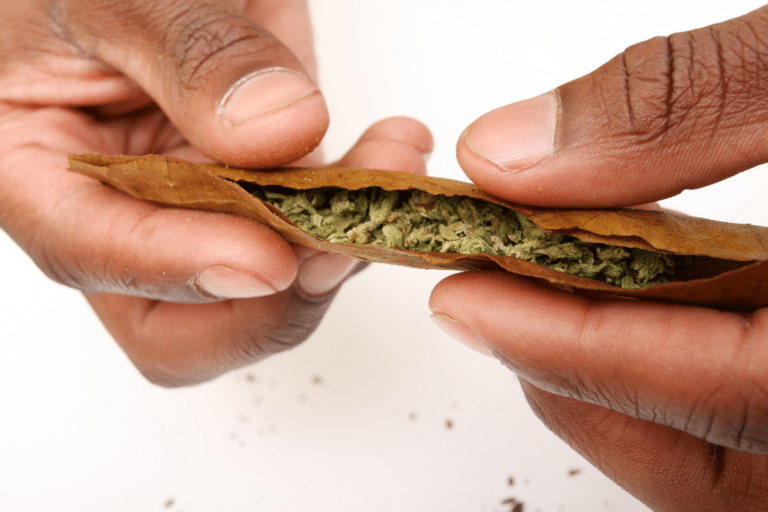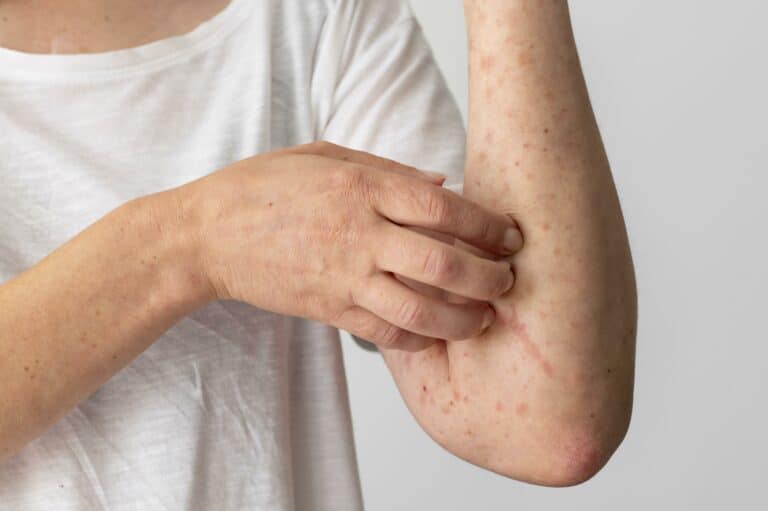Movement Disorders
Can medicinal cannabis help patients with various movement disorders manage their symptoms? Find out below.
What is a movement disorder?
Movement disorder is an umbrella term that refers to a group of nervous system conditions that cause either increased or reduced movements. Movement disorders can affect most body parts and voluntary or involuntary functions.
Common Symptoms of Movement Disorders
While movement disorder symptoms vary greatly depending on the type, these signs & symptoms are common among many of them:
- A tremor in hands, arms, legs, or jaw
- Muscle stiffness and contractions
- Slowness of movement
- Impaired balance and coordination
- Anxiety and Depression
- Difficulty swallowing, chewing, and speaking
- Incontinence
- Constipation
- Skin Issues
- Leg discomfort
- Urge to move legs
- Sleep disruption
- Bedtime behavior problems
- Daytime sleepiness
- Behavior issues
- Work performance problems
Causes of Movement Disorders
Many medical issues are associated with movement disorders, including:
- Low iron levels.
- Uremia.
- Hypothyroidism.
- Depression.
- Fibromyalgia.
- Parkinson’s disease.
- Kidney disease.
- Diabetes.
- Rheumatoid arthritis.
- Peripheral neuropathy.
- Pregnancy.
- Dialysis.
- Medications
- Alcohol, nicotine, caffeine
Several movement disorders are hereditary, tracing back to specific genetic mutations; however, the condition does not typically run in families. Many researchers believe they may result from environmental factors, such as toxin exposure.
Types of Movement Disorders
Common types of movement disorders include:
- Ataxia
- Huntington’s disease
- Parkinson’s disease
- Restless legs syndrome
- Tourette syndrome
- Tremors
- Wilson’s disease
What is Parkinson’s?
Parkinson’s Disease is a neurodegenerative disorder that harms the dopamine-producing neurons in the substantia nigra of the brain. It is a brain disorder that causes uncontrollable movements, such as shaking, stiffness, and difficulty with balance and coordination. The symptoms usually begin gradually and get worse over time.
The most prominent signs of Parkinson’s disease occur when nerve cells in the brain that control movement become impaired and die. These neurons produce a vital brain chemical known as dopamine. When the nerve cells die or become impaired, they have less dopamine, which causes movement issues. Scientists still need to find out what causes the neurons to die.
Patients with Parkinson’s disease lose the nerve endings that produce norepinephrine, the primary chemical messenger that controls heart rate and blood pressure. Losing norepinephrine can produce symptoms like fatigue, irregular blood pressure, and digestive tract issues. Many patients with Parkinson’s disease have Lewy bodies in their brain cells, which are unusual clumps of a specific protein. It is unsure how this protein impacts the symptoms of Parkinson’s disease.
What is Restless Leg Syndrome RLS?
Restless legs syndrome (RLS), aka Willis-Ekbom disease, is a sleep disorder that causes an intense, irresistible urge to move your legs. It occurs with other sensations like pulling, creeping, tugging, throbbing, itching, aching, burning, or crawling.
The sensations typically occur when lying or sitting for long periods. RLS typically occurs in the evening, making it difficult to fall asleep. People with Restless Legs Syndrome often walk around and shake their legs to help relieve the uncomfortable feeling.
You must meet the following five criteria to receive a diagnosis of RLS:
- An intense urge or desire to move your legs, accompanied by uncomfortable sensations such as aching, burning, crawling, itching, pulling, or tugging.
The urge to move or uncomfortable sensations may also:
- Begin or worsen during rest or inactivity.
- Relieved by stretching, walking, or exercising the affected muscles.
- Worsen or occur solely in the evening.
- Not due to another medical or behavioral issue.
Can medical marijuana help?
Parkinson’s Disease is a common movement disorder that appears as a qualifying condition for patients in many states that have legalized medicinal cannabis. Medical marijuana is commonly found to possess significant anti-inflammatory and antioxidant properties, which can help with chronic pain management reasonably quickly.
Cannabinoid receptors bind to the brain and peripheral nerve cells and help regulate how you see and feel the pain to reduce symptoms. Medical cannabis, therefore, as opposed to other drugs, appears to be an excellent alternative to treat patients with movement disorders and manage nerve pain.
The Parkinson’s Foundation highlights four of the subsequent PD-related studies:
The Therapeutic Potential of Cannabinoids for Movement Disorders
Clinical observations and trials of cannabinoid-based therapies suggest a possible benefit to tics and possible relief for tremors in dyskinesias or PD motor symptoms.
Cannabinoids Reduce Levodopa-induced Dyskinesia in Parkinson’s Disease: A Pilot Study
The researchers show that nabilone, the cannabinoid receptor agonist, significantly reduces levodopa-induced dyskinesia in Parkinson’s.
Neurokinin B, Neurotensin, and Cannabinoid Receptor Antagonists and Parkinson’s Disease
This study evaluates the effects of three antagonists on neurotensin and cannabinoid receptors on motor symptoms and levodopa-induced dyskinesias after administering one dose of levodopa in twenty-four patients. The study concluded that the drugs tested were safe but did not improve motor disability.
The Endocannabinoid System as an Emerging Target of Pharmacotherapy
This study reviews the body’s endocannabinoid system (ECS) and its regulatory functions. CBD has anti-inflammatory qualities, can reduce pain, and even fully treat pain in some patients. It is also an antioxidant and can help reduce long-term inflammation. CBD contains cannabinoid receptors that can block chronic pain signals in the brain and trigger an increased immune response.
Per the Restless Legs Syndrome Foundation, THC and CBD dosages will vary by the individual since everyone metabolizes cannabinoids differently. Even without the psychoactive effects, cannabis has been known to help promote healthy sleep patterns and provide pain relief for movement disorders symptoms.
Cannabis research on movement disorders is still early, so scientific data is still being researched and gathered. However, anecdotal evidence suggests that MMJ patients may find relief from symptoms after cannabis consumption.
In Summary
Discovering a way to cope with movement disorder symptoms can be challenging. It’s not easy finding conventional medications that are effective or that our bodies respond to correctly. Many prescription drugs have their own side effects, so marijuana can be a life-changing alternative for some patients. Remember, marijuana doesn’t cure the condition but helps manage nerve issues and other painful symptoms. Discuss medical cannabis use with your physician and follow their advice according to your treatment plan.
Last Updated: June 14, 2024
Get Your Medical Card
Connect with a licensed physician online in minutes
Table of Contents
Keep Reading
-
Exploring The Benefits Of Medical Cannabis
Are you curious about the amazing benefits of medical cannabis? Find out how this natural remedy can transform your life with pain relief, anxiety management, and more. Click now to explore the incredible advantages waiting for you!
-
Are There Health Risks When Smoking Blunts?
When you smoke a blunt, you’re inhaling weed and tobacco. Here’s what you need to know about the health risks associated with smoking blunts.
-
Can You Be Allergic to Marijuana?
Can You Be Allergic to Marijuana? Many people are curious about whether or not they can be allergic to marijuana.



